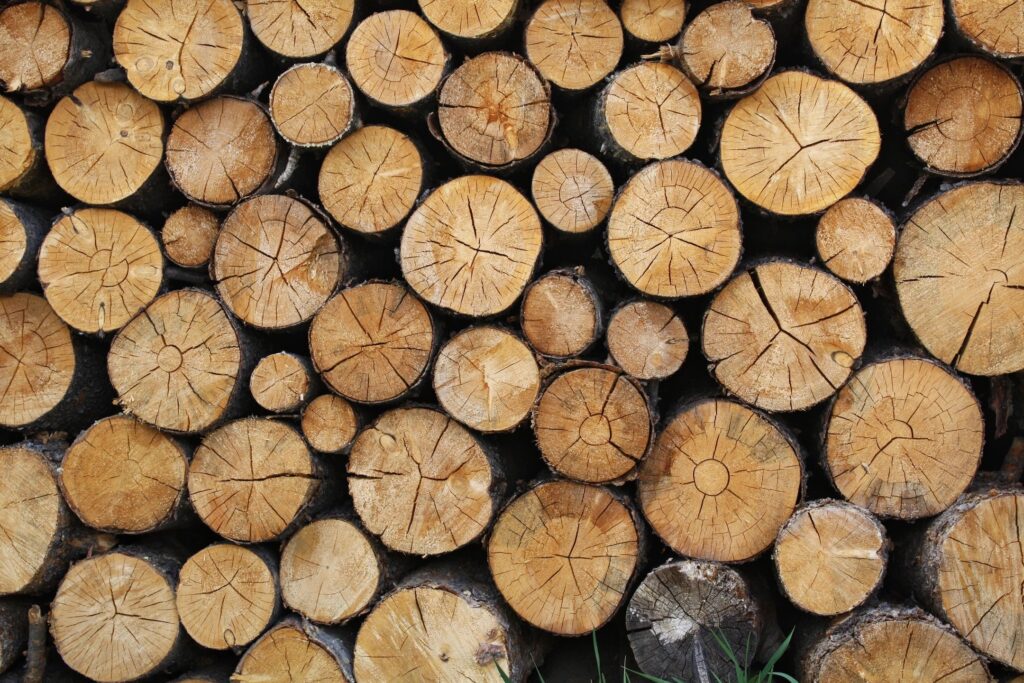|
Images may appear blurry in some web browsers. We recommend opening newsletter links in Google Chrome.

The Wisconsin Department of Natural Resources (DNR) is encouraging property owners to examine their property for spongy moth egg masses and plan for action this spring if needed.
Each spongy moth egg mass contains hundreds of eggs that will hatch into hungry, leaf-eating caterpillars this spring. Large numbers of these invasive caterpillars can be a tremendous nuisance that may cause tree mortality.
Read the full article here …
|

Winter is an ideal time to perform trimming, cutting and brush removal work on and near oak trees.
For one thing, it’s a low-risk period for the trees to be infected with oak wilt, a fungal disease spread by beetles. When a red oak is infected with oak wilt, it will die that year; the disease also stresses trees in the white oak group, often fatal with bur oaks and swamp white oaks.
Read the full article here …
|

Ash trees that are flecked by woodpeckers will have the outer layers of their bark chipped off by the birds. Woodpeckers do this to punch through the remaining bark more easily to get at the tasty emerald ash borer (EAB) larvae living there.
Flecking usually starts at the top of the tree, providing a sure sign that insects are under the bark. Although the problem could be caused by ash bark beetles, the more common culprit is EAB.
Read the full article here …
|

Winter damage can significantly impact the health of trees.
Keeping trees healthy through the fall is important for reducing winter stress. In dry falls, like the one Wisconsin experienced in 2024, you can help trees go into winter healthy by continuing to provide water to them until the leaves start falling (for deciduous trees) or until the ground starts freezing (for conifers).
Read the full article here …
|

Hot off the digital presses, the Wisconsin Department of Natural Resources (DNR) has made its 2024 Forest Health Annual Report ready for review and download.
This year’s edition contains 58 pages of reporting on forest health issues throughout Wisconsin, detailing methods employed by the DNR and other agencies to control pests and diseases.
Read the full article here …
|

The Wisconsin Department of Natural Resources (DNR) Forest Health program hosts two interactive web maps on its webpage:
- The Heterobasidion Root Disease Web Map
- The Oak Wilt Seasonal Harvesting Opportunities Web Map
Read the full article here …
|

Have you seen white lumps of fluff on alder stems? Woolly alder aphids congregate together for the winter.
These aphids produce white filaments from their bodies to protect them from predators. When they congregate, they can look like a big clump of snow stuck to alder branches.
Read the full article here …
|

Bill McNee, the Wisconsin Department of Natural Resources (DNR) forest health specialist for the Southeast region, will give a public presentation on Saturday, Jan. 25, at the Green Bay Winter Landowner Conference.
Read the full article here …
|
Urban Forestry News
|

